After a few visits to a few supermarkets, I realised that I wasn't going to find any bottles containing food colourings - not at INKA (local level), nor Carrefour (multi-national) or Vasilopoulos (high-end). Not only that, but the only kind of ready icing sold was chocolate glaze. In Hania, you will be hard pressed to find royal icing and frosting. This says a lot about the society that I live in; I leave it to my readers to make their own assumptions. Greek zaharoplasteia, which I have often reprimanded on my blog for selling cakes made with fake cream, do not seem to use fake colours either: a quick look at their window displays reveals that, in general, they do not sell fake-coloured food. These may be added to made-to-order children's birthday cakes; μέτρον ἄριστον, as the Greeks say.
Left: a zaharoplasteio in Hania. Right: a zaharoplasteio in Athens. Apart from cherries and strawberry/cherry jam glazes, the colours of the sweets seem to represent natural food colours.
Most of the time, if not all the time, the food I prepare in my house does not lend itself well to the addition of artificial flavours and colours in order to create an impression. Most (again, if not all) of the time, my food, though simple and unpretentious, is highly aromatic and colourful, at any rate. This is the first year that I have felt 'obliged' to take a more liberal approach to food preparation. But it did not detract me from seeking out more natural approaches to icing cupcakes. And all because the artificial stuff simply doesn't exist on our supermarket shelves.
These artificial food colours from NZ have been sitting in my cupboard for a long time. The blue and green bottles are unopened. I keep them for sentimental reasons. Using a Martha Stewart recipe for frosting, I experimented with the red bottle to create some deep pink icing that would suit my daughter's Barbie interests. She really liked its look, but was hesitant about the taste. I can't blame her: the ingredients listed for each bottle state 'water', 'colour' and a number.
Another problem I found with making frosting is the high cost of butter in Hania. Forget the locally produced stuff; it smells like a sheep station (we don't have locally made cow's butter). Good quality butter is very expensive in a non-producing region like Crete. From experience, I've found that most recipes which call for butter can be made with olive oil instead. I decided to replace the butter with olive oil, which flows like water in our house. I don't expect my readers to take up this idea (unless they live in Crete or have ample supplies of olive oil). It did turn out to be successful though!
I started off by beating a mixture of olive oil and icing (confectioner's) sugar. The pale yellow mixture (I could not get a white colour) came out very smooth and glossy, able to hold stiff peaks - but it tasted of olive oil. I added some vanilla sugar to mask the taste, but that wasn't enough; the taste improved when I added a very small amount of peach jam (it did not affect the colour). By adding cocoa powder to the same mixture, I got a classic chocolate (ie brown) icing.
The icing was easy to apply on a cupcake (the one above was made with frozen grated summer zucchini). It even gave good results when used in a piping tube. My main worry was that it would melt if left out at room temperature for a long time - but it didn't. The icing remained set, it did not run, it didn't go crusty in the fridge, and, above all, it tasted good.
Brown (chocolate flavour with cocoa powder), dark pink (strawberry jam flavour with beetroot dye), creamy white (peach jam flavour) and light pink (dried crushed blueberry flavour - I was hoping for a blue-purple tinge, but this didn't work). You will see some olive oil floating on the top of some icings; as I added liquids to adjust colour and taste, I found that the oil began to separate from the mixture. This was able to be drained away completely and it did not affect the taste or texture of the icing. In fact, the removal of the excess oil improved both taste and texture.
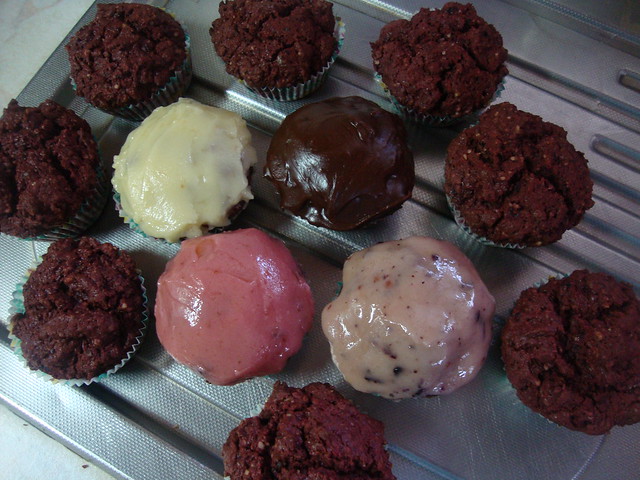

The cream and brown coloured icing didn't present any problems, which encouraged me to continue with my experiments. The pink icing was achieved with a drop of strained beetroot liquid and some strawberry jam to mask the taste of the vegetables (strawberry jam alone was not enough to colour my frosting).
With the help of a piping set, my daughter decorated the beetroot-walnut-cocoa cupcakes above; my creations are below. My natural icing colours reminded me of the colours found in the sepia tones of old-fashioned photography. They were all able to be used with a piping tube, and they set without running.
For a white coloured icing, I made some simple glaze using icing sugar mixed with water, which I later discovered could be substituted with lemon juice for a tangy flavour. Orange juice also makes a tasty pale yellow-orange glaze, but don't expect a bright orange colour!
Green is a difficult colour: would avocado (with lemon juice) work? How about nettles, which give a deep green colour? But what about the taste? Sometimes, it's just so much more convenient to use the easy option...
*I finally found a packet of food colours containing three vials of red, blue and yellow food colouring at a larger brnach of Carrefour at a cost of 2.40 euro.
©All Rights Reserved/Organically cooked. No part of this blog may be reproduced and/or copied by any means without prior consent from Maria Verivaki.
The finished cupcakes, to be taken to school in honour of my daughter's ninth birthday
Green is a difficult colour: would avocado (with lemon juice) work? How about nettles, which give a deep green colour? But what about the taste? Sometimes, it's just so much more convenient to use the easy option...
*I finally found a packet of food colours containing three vials of red, blue and yellow food colouring at a larger brnach of Carrefour at a cost of 2.40 euro.
©All Rights Reserved/Organically cooked. No part of this blog may be reproduced and/or copied by any means without prior consent from Maria Verivaki.


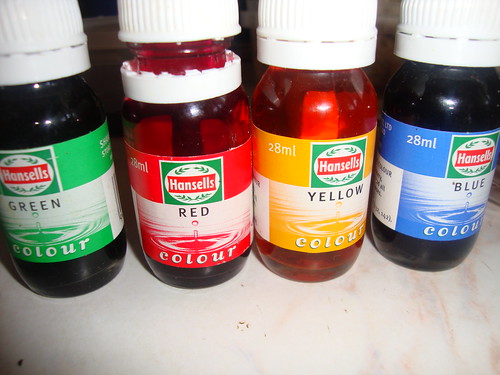
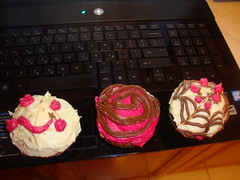
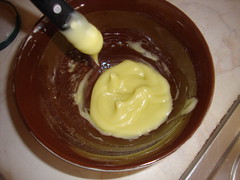
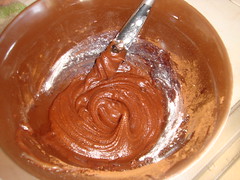
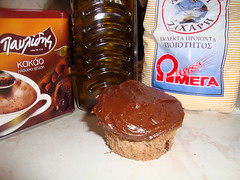
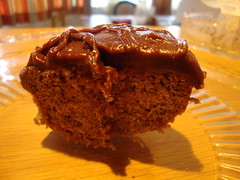

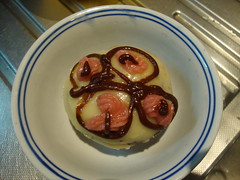
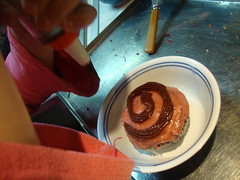


The juice of grated and squeezed carrots might make an orangey colour...for green, maybe pureed spinach or basil? The flavour of basil might be easier to work with or mask...
ReplyDeleteAll about the avocado food coloring! Love your colors (and flavors). YUM!
ReplyDeleteHow creative. Reading your post made me want to down tools and get right in the kitchen for some baking!
ReplyDeleteSprinzette @ Ginger and Almonds
How sweet a Mommy you are! Those cupcakes are adorable. They look so much more appetizing than the florescence of artificial colors.
ReplyDeleteI work in an elementary school as the bilingual para and I don't remember ever being offered a homemade cupcake on a child's birthday.(and if "homemade" they are from a boxed mix, ick.) They are ready made ones from the local supermarket or Costco. I just can't eat that stuff. It does not even taste good. I usually decline one, or take one and then offer it later to a different child. OK, call me a "cupcake snob." Lucky little daughter, yours!
Κι εγώ προσπαθώ να μην χρησιμοποιώ χρώματα. Αν μη τι άλλο, τα φτιάχνουμε για τα παιδιά μας...Τα κεκάκια σου έγιναν και χρωματίστηκαν μια χαρα!
ReplyDeleteAll colors and flavors look AND sound so very appetizing!I love the glossy look!
ReplyDeleteLove your experiment, thanks for sharing. I have had a problem with numbered food dyes for 20+ years. Not only are your cakes better for our health, they look lovely too. As for green, how about a pinch of spirulina powder?
ReplyDeletespirulina - now why didnt i think of that?! i will try it next time i make icing
DeleteCooked, crushed spinach yields a juice that can make a gorgeous green color.
ReplyDeleteYour work is beautiful!